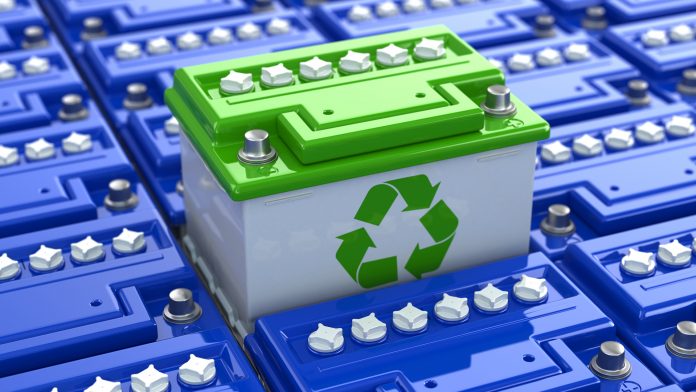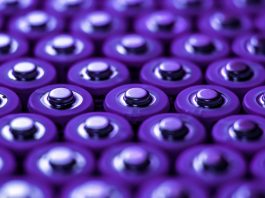A research team from Chalmers University of Technology (CUT) have developed an optimised recycling process for EV batteries.
Why is this process required to meet the growing demand of EVs?
As the consumer desire for Electric Vehicles (EVs) grows, as does the necessity for the recycling and recovery processes required for EV batteries. Thus, the critical raw metals used in their production is progressively becoming an important area of research.
A technique that generates a lot of attention is a combination of thermal pre-treatment and hydrometallurgy, in which aqueous chemistry is used to recover the metals.
Currently, several companies are developing systems that will employ this combination, but the researchers at CUT discovered that these companies utilise widely differing temperatures and times in their processes.
Due to this, scientists determined that a comparative study was required, to determine the optimal thermal treatment and hydrometallurgical process for recycling lithium-ion batteries.
What did CUT scientists reveal from their research?
A crucial finding of the new study was that the hydrometallurgical process can be carried out at room temperature. This has not been previously tested before, but can yield major advantages in the form of reduced environmental impacts, lower costs for recycling the batteries, and means the process can be conducted considerably quicker than originally believed.
“Our research can make a huge difference for developers in this area. In some cases, it can be as much as reducing the temperature from between 60-80 °C, down to room temperature, and from several hours to just 30 minutes,” explained Burcak Ebin, researcher at the Department for Chemistry and Chemical Engineering at Chalmers and one of the main authors of the article.
The researchers investigated how the different steps – thermal pre-treatment and hydrometallurgy –are affected by each other. An important comparison was made between two different approaches to thermal pre-treatment: incineration or pyrolysis. The latter is without oxygen and is considered more environmentally friendly, and scientists determined that this generated the best results.
“To meet the huge need for battery recycling that is coming, the processes currently in use must be made as effective and efficient as possible, so this study offers invaluable knowledge for the manufacturers and operators of this technology. The methods we present can also be used to optimise the recycling of all kinds of lithium-ion batteries,” commented Martina Petranikova, Associate Professor at the Department of Chemistry and Chemical Engineering at CUT, who has also worked with Northvolt, one of Europe’s largest battery manufacturers, helping to develop and implement their recycling processes.
How will this be implemented for future utilisation?
If recycling of EV batteries is to reach the volumes essential for the future, the costs must be radically reduced, which means that improving the recycling processes is a crucial requirement.
Petranikova concluded that: “To reduce the costs, we need to cut the steps in the recycling process. We are working on several projects with that aim right now, and close collaborations and good communication between researchers and the developers of the technology will be extremely important for us to succeed with the challenges we face.
“As researchers we see a vital need to agree on a global standard for a maximum number of metals in these batteries.”
This research has been published in the journal Waste Management, carried out by some of the world’s foremost experts in the field, and represents a vital step towards the electromobility society of the future.









